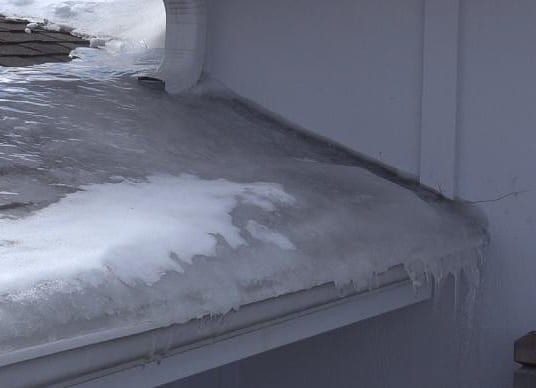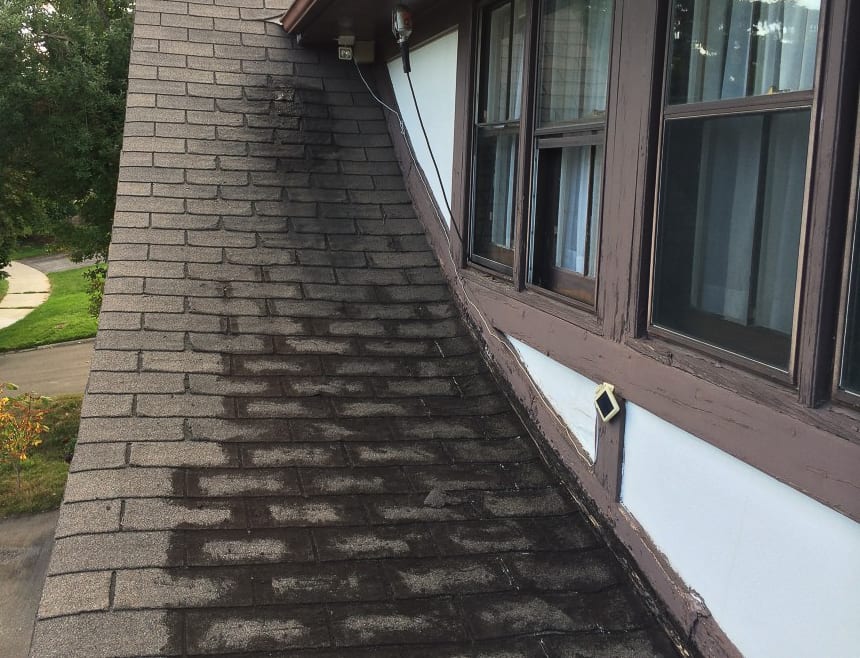SNOW & ICE DAMAGE
We perform a complete, detailed inspection of your roof


Commercial & Multifamily Roofing Services
How To Spot Snow Or Ice Damage
Due to the nature of a low-slope roof, the possibility of damage after a major snowstorm increases with each subsequent snow. As heavy snows cause your roof to reach its capacity, your roof’s membrane becomes more susceptible to irreversible damage, including leaks, failures, and cave-ins. Look for these signs that you need some professional assistance:
- Ponding areas on your roof
- Cracks or other deformities
- Leaking on the interior
- Deformed metal purlins
Residential Roofing Services
It’s that time of year when the snow adds a bit of charm and warmth to your property, and those pretty icicles hanging from your rooftop are the icing on the cake. However, they’re actually a sign of potentially serious problems.
As frustratingly entertaining as the quick-changing weather can be, the change from snowy to sunny can be disastrous for your roof. As snowstorms come through and leave snow on roofs, when the sun comes shortly after and warms things up again, ice dams become a major threat.
The snow and ice buildup prevents melting snow from draining off of your house, creating pools of water on your roof.
If you deal with snow, chances are you’re dealing with ice, too. However, with proper ventilation, insulation, and maintenance, ice dams can be eliminated and prevented.
